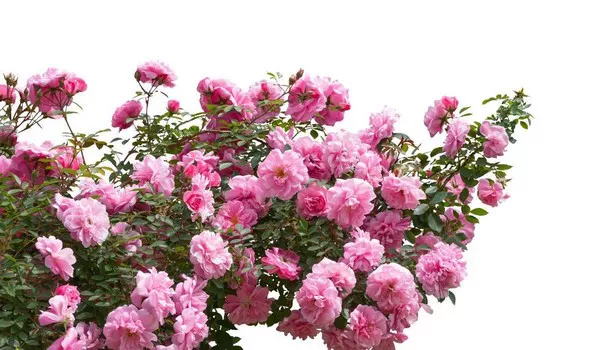In China, purchasing fresh-cut flowers has evolved from a luxury for special occasions to a regular part of daily life. This shift is particularly evident for Beijing resident Lin Xiaoyun, who buys flowers almost weekly through live-streaming sessions from vendors at the Dounan Flower Market, Asia’s largest fresh-cut flower trading hub.
“Dounan’s merchants offer great deals. For just 10 yuan (about $1.40), I can enjoy a week’s worth of beauty,” Lin said. “Work and taking care of my daughter are exhausting. Buying flowers helps me feel better.”
Lin’s experience is part of a larger trend in China, where more people are integrating fresh flowers into their daily routines to brighten their homes and lift their spirits.
Lang Yu, who operates a store at Dounan Flower Market in Kunming, Yunnan Province, has seen this change firsthand. “People now place great importance on ceremonies and celebrations. Fresh flowers have become a common way of expressing love,” he noted.
Dounan Market sees the trade of 40 million flowers of 1,600 varieties daily, making it a vibrant indicator of China’s flourishing fresh-cut flower industry.
With approximately 1.5 million hectares devoted to flower cultivation and over 5 million people employed in the industry, China has emerged as the world’s largest flower producer and a significant flower trader and consumer.
The surging demand is being met by a growing number of online florists, enabling urban consumers to order flowers easily through their smartphones. According to Statista, China’s flower e-commerce is expanding due to improved logistics services, with the market size expected to reach 164.4 billion yuan by 2025.
Recognizing the potential of live-streaming flower sales four years ago, Bi Qianqian now caters to online consumers. “My most successful broadcast session sold 200,000 flowers in just one hour,” said Bi, a live-streaming host at Dounan Flower Market.
In 2023, Yunnan produced 18.97 billion fresh-cut flowers, generating an agricultural output value of 47.2 billion yuan, according to the provincial department of agriculture and rural affairs.
While the Yunnan-Guizhou Plateau in southwest China is renowned for its flower production, Lingyuan in northeast China is also undergoing a transformation. Extensive flower greenhouses have been established in the region, ensuring a year-round supply of fresh flowers.
With an annual industry output value exceeding 1 billion yuan, growing flowers has become the primary path to prosperity for residents. “I can earn 100,000 yuan this year,” said Zhang Yulu, a 45-year-old farmer cultivating lilies in Lingyuan, Liaoning Province.
A guideline issued by China’s National Forestry and Grassland Administration and the Ministry of Agriculture and Rural Affairs projects that by 2025, the annual sales of the country’s flower industry will reach 300 billion yuan, and more than 700 billion yuan by 2035.
Experts attribute much of this growth to China’s economic development. As families have more disposable income, they are more inclined to spend on items previously considered non-essential.
Statistics from the Retail Trade Branch of the China Flower Association show that women are the primary flower consumers in China, accounting for 61.4 percent of total sales. More than 60 percent of these consumers have a monthly income between 5,001 and 15,000 yuan.
“For many Chinese people, purchasing flowers has become part of their daily life,” said Zhang Yan, a research fellow at the Liaoning Academy of Social Sciences. “In addition to economic growth, this trend reflects a growing desire for a more romantic and greener lifestyle.”


